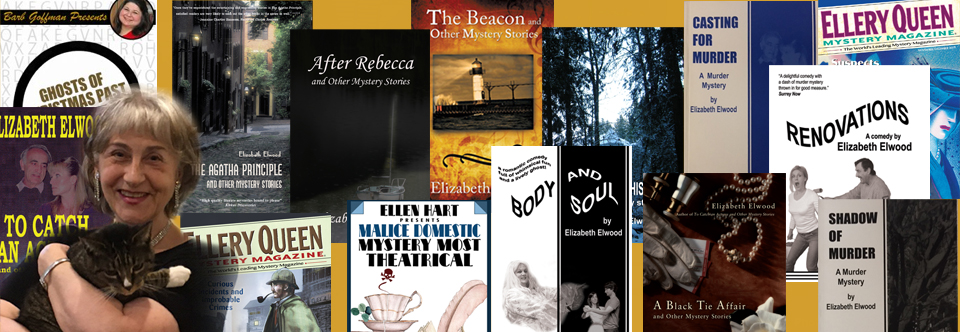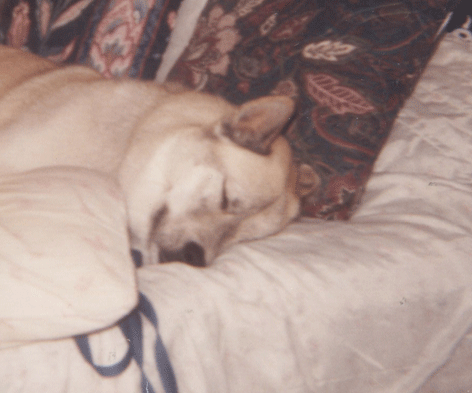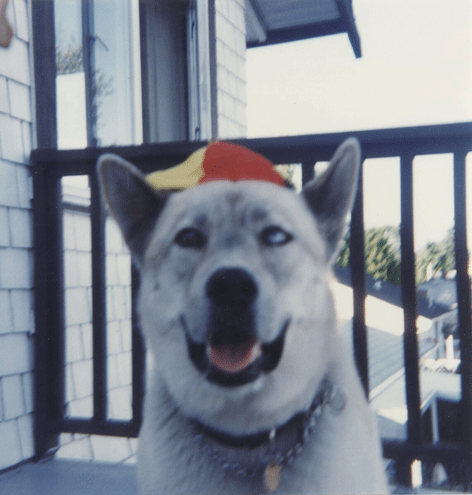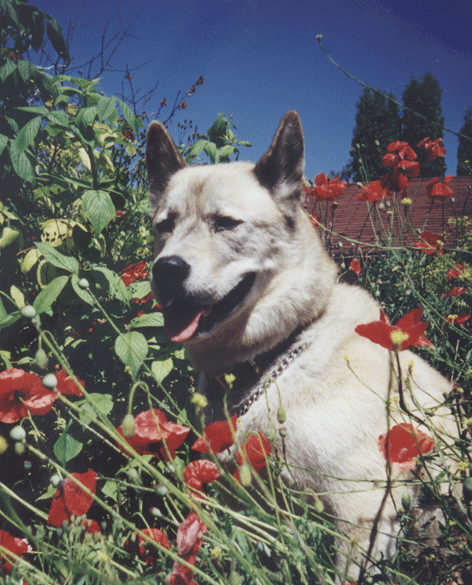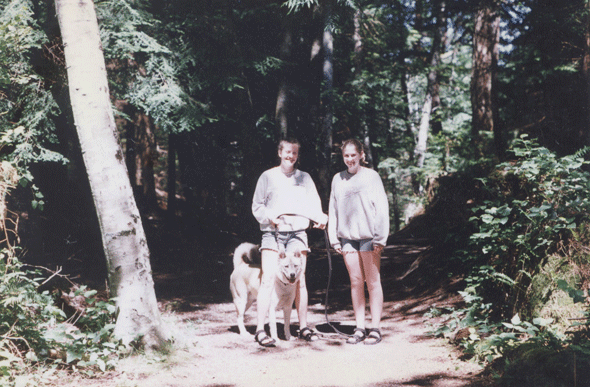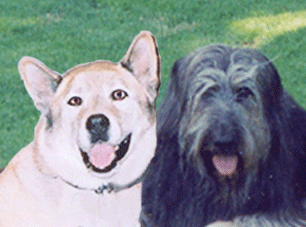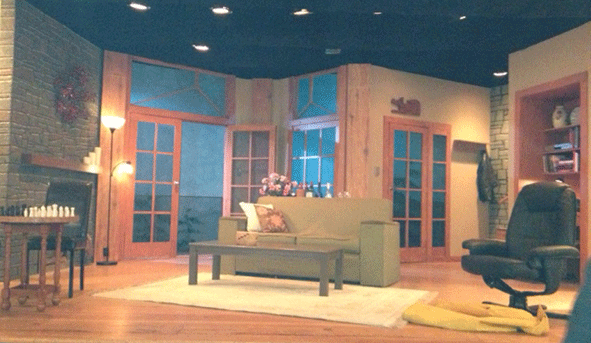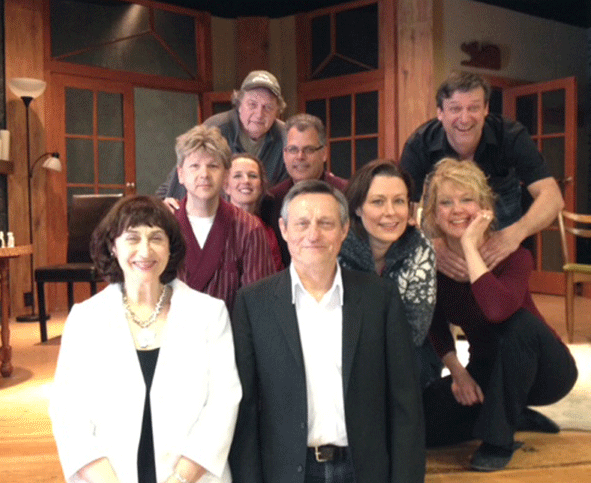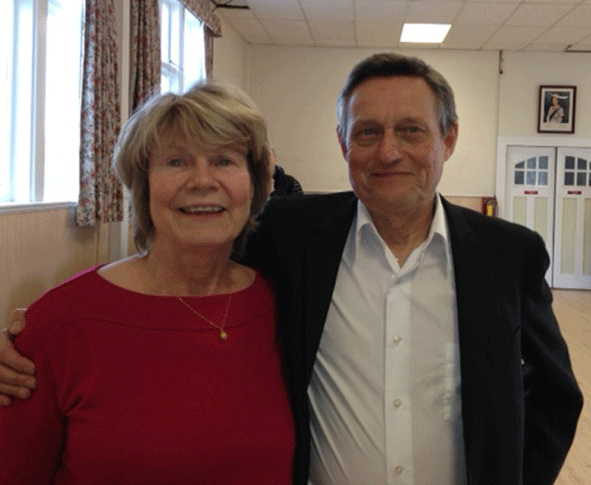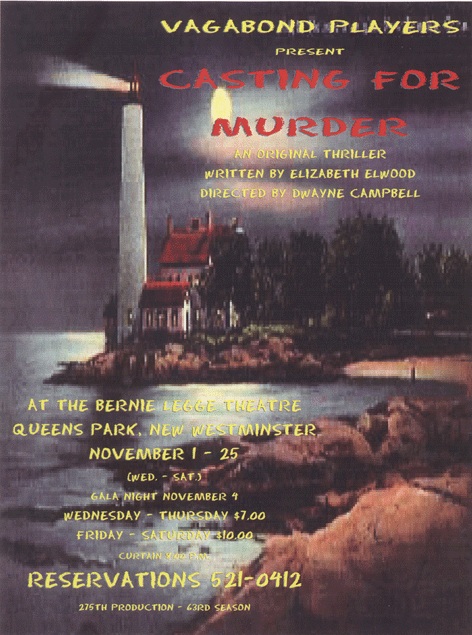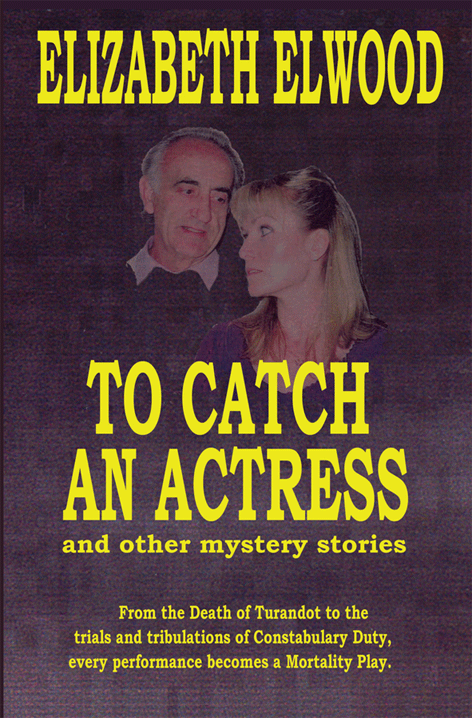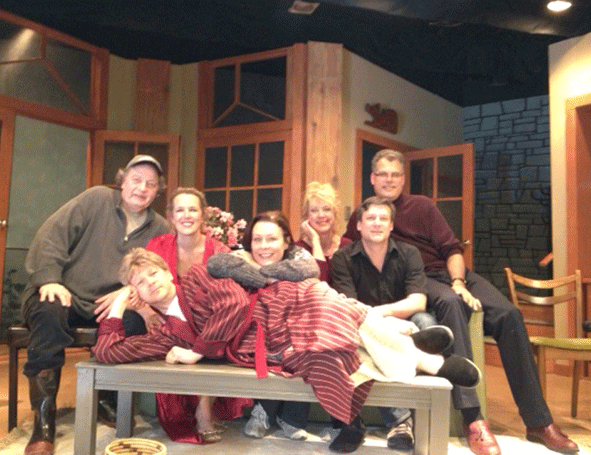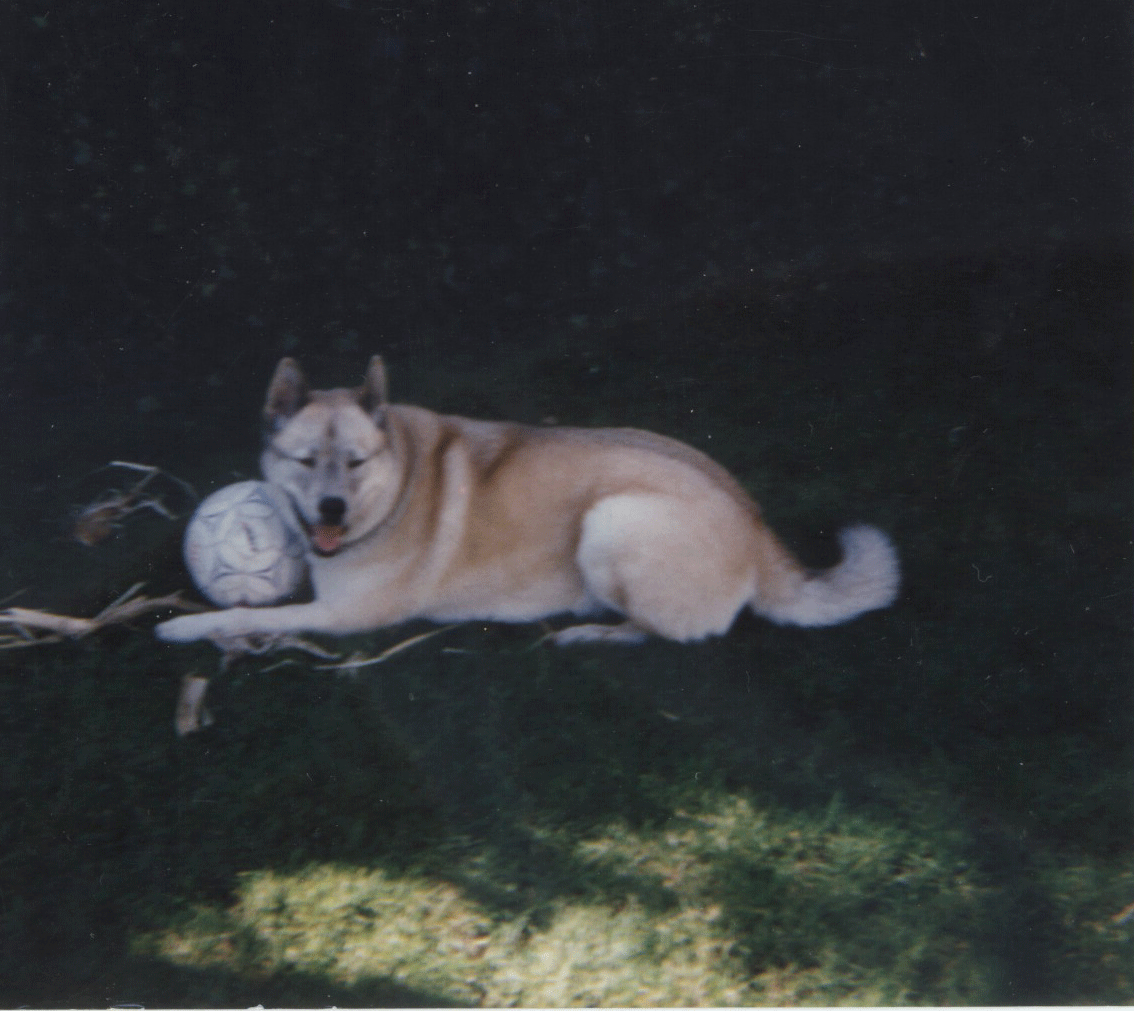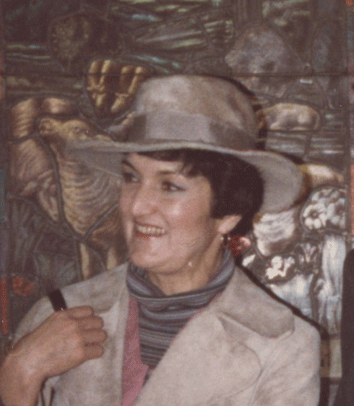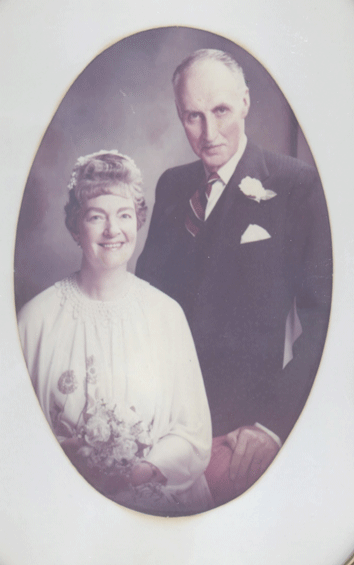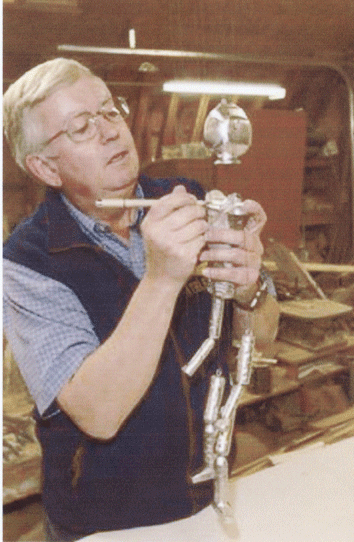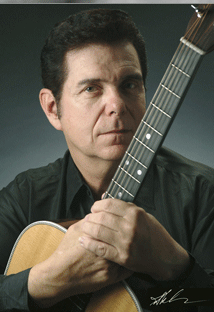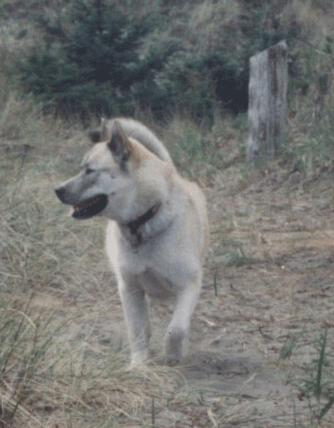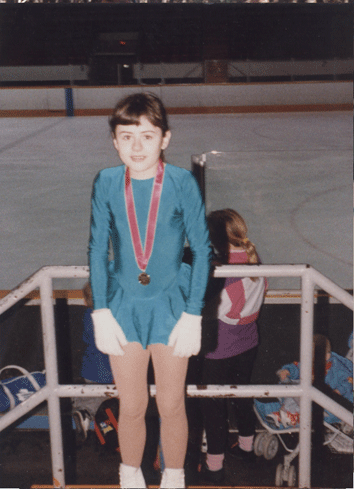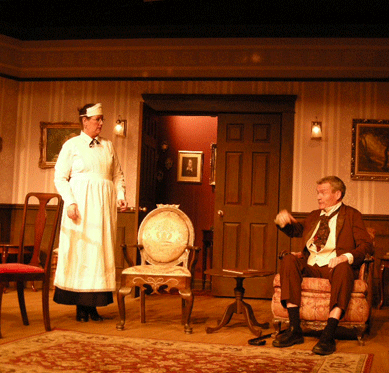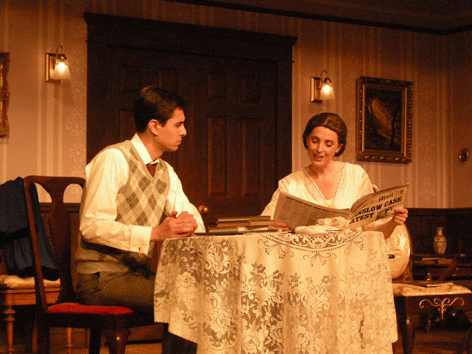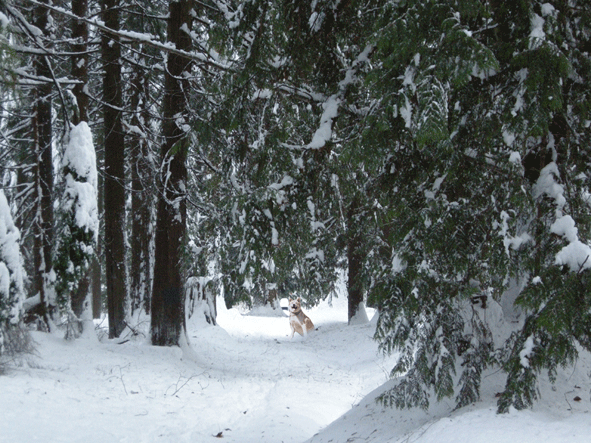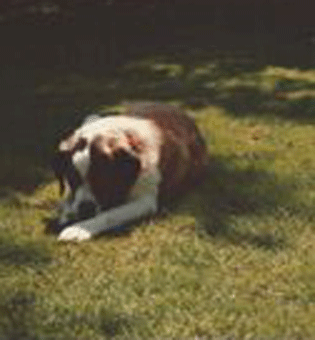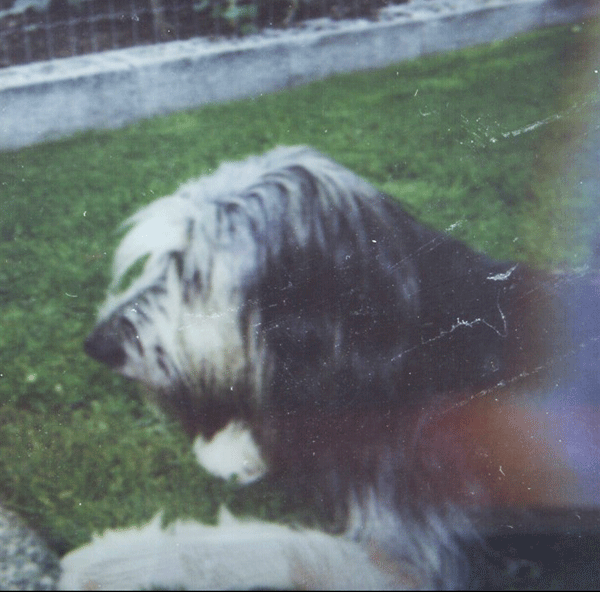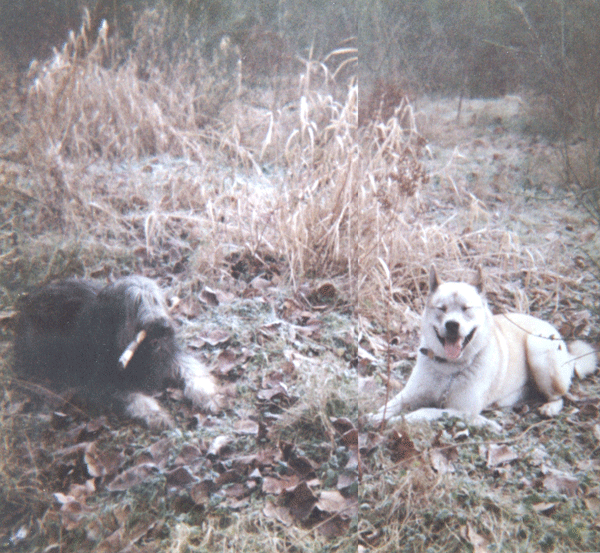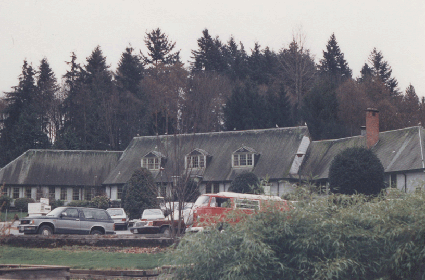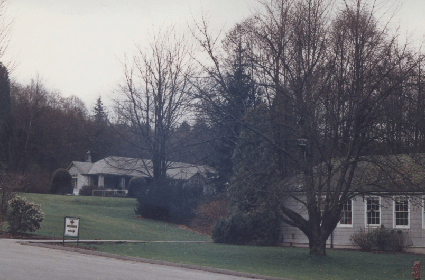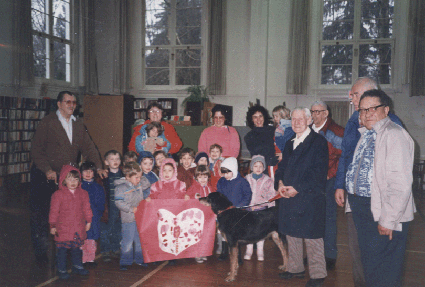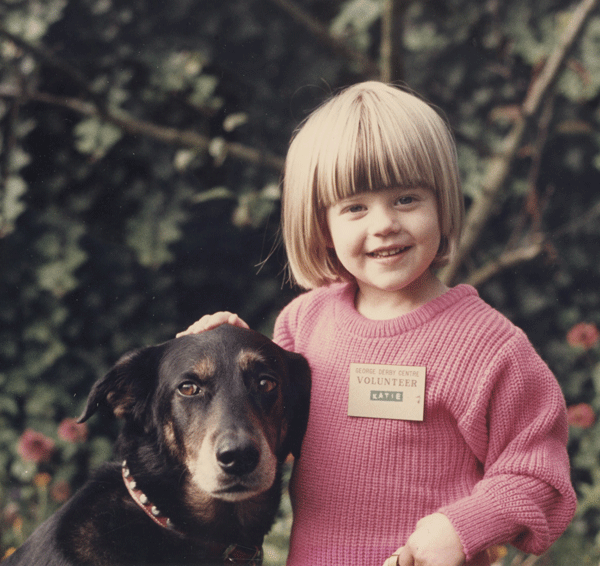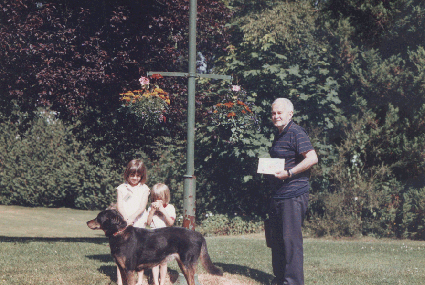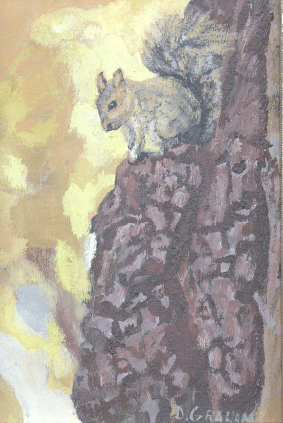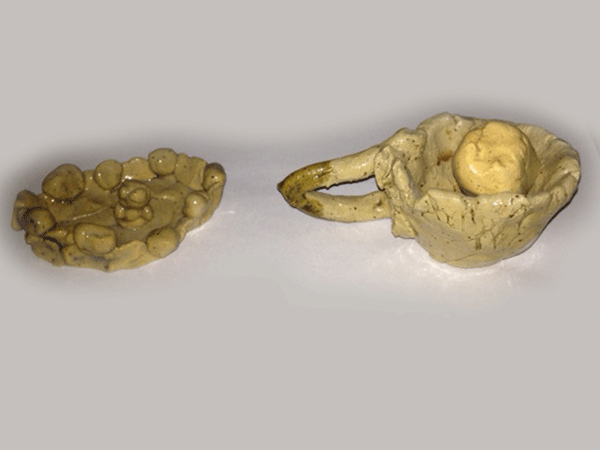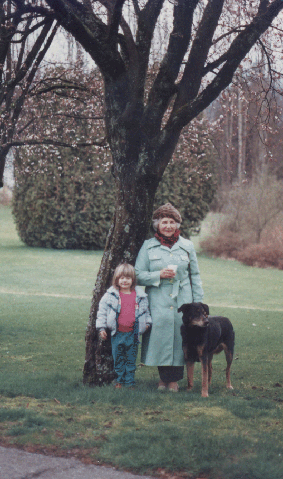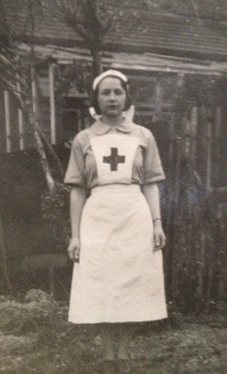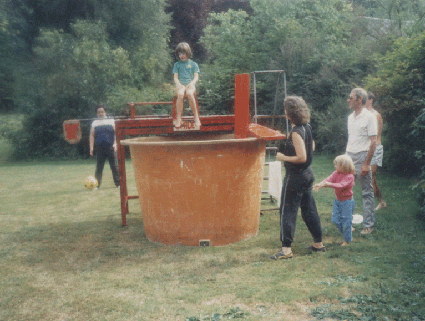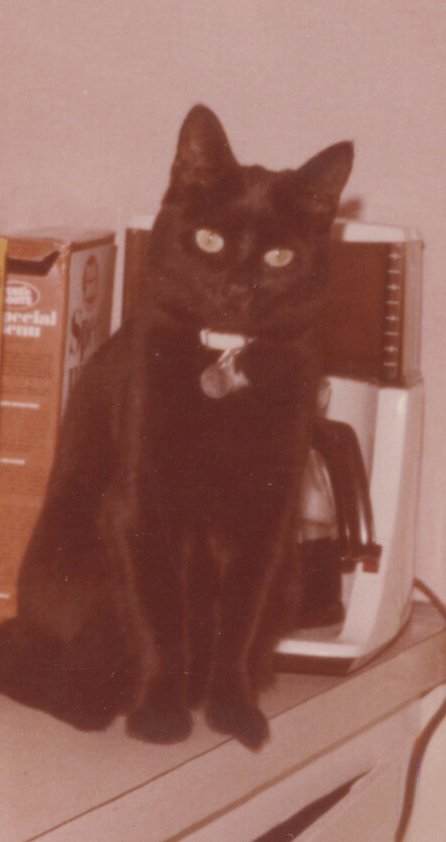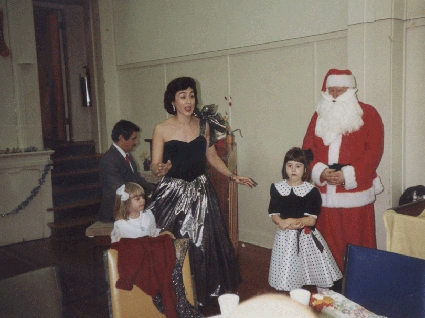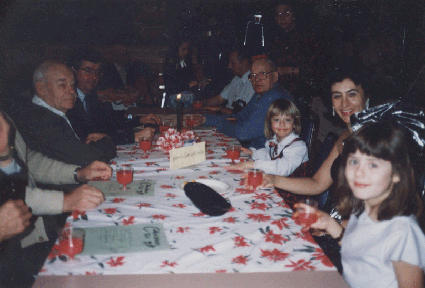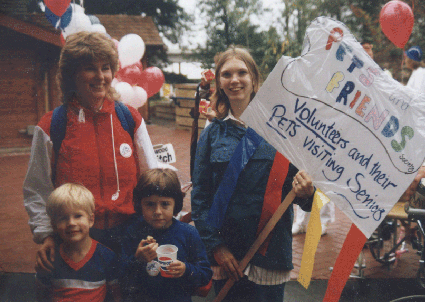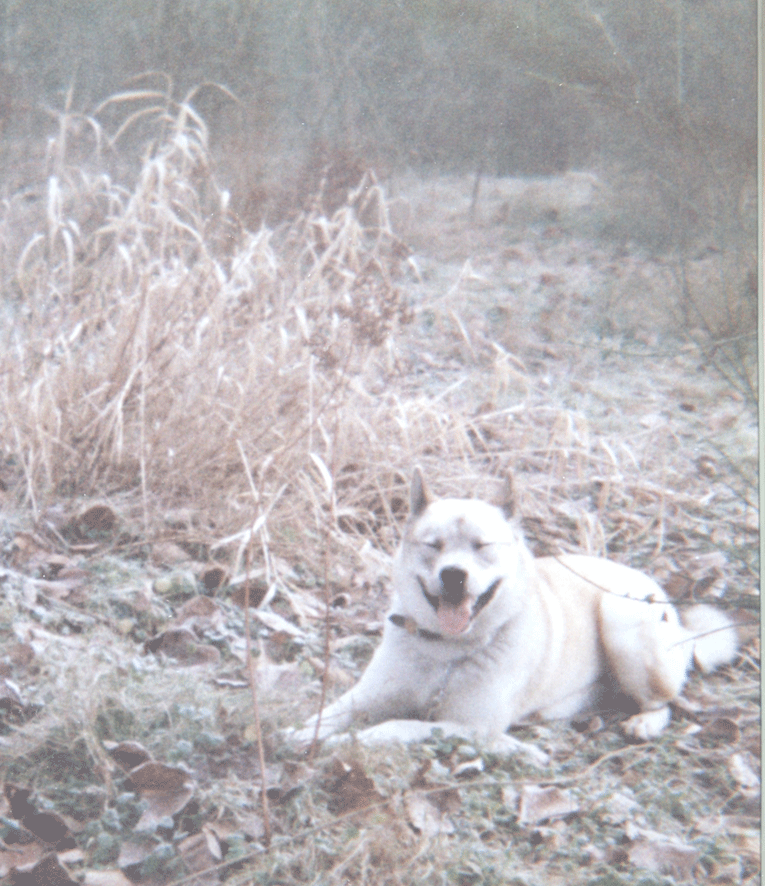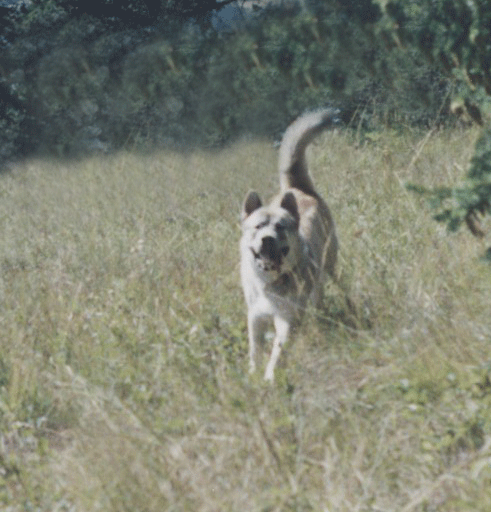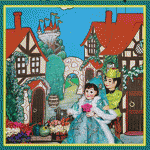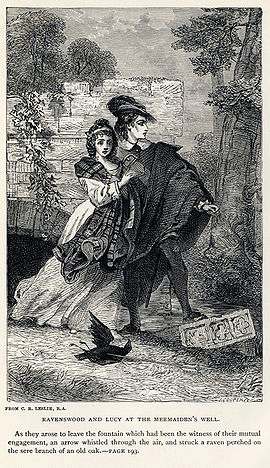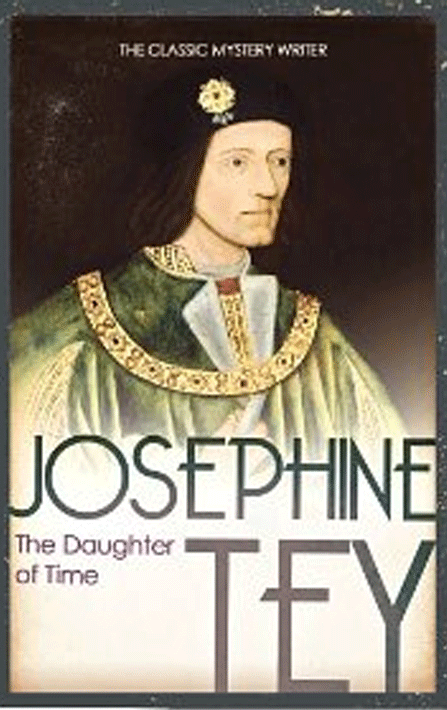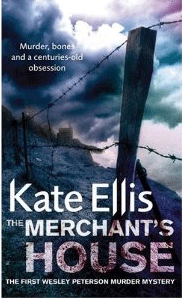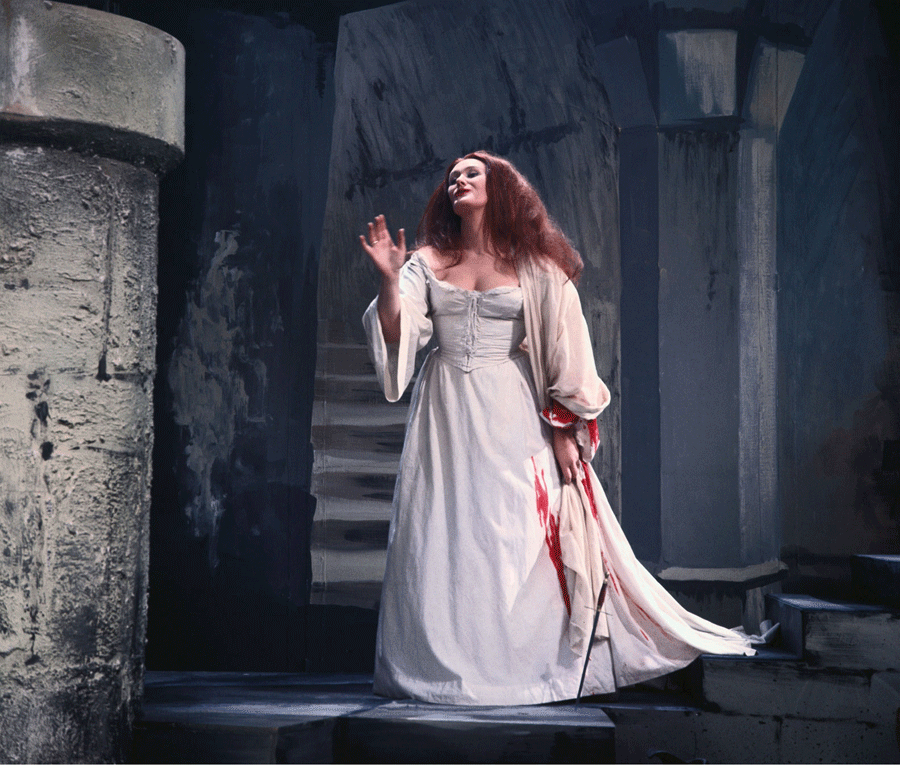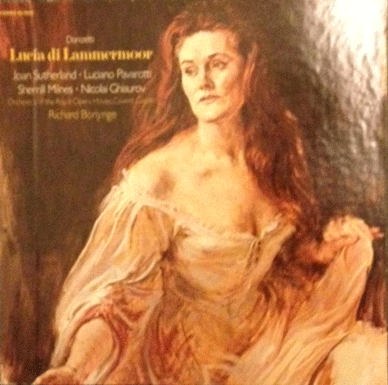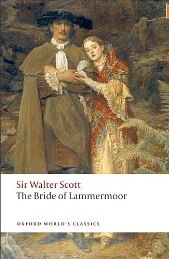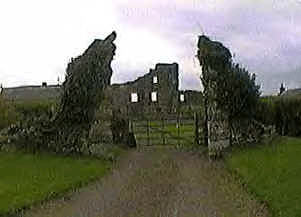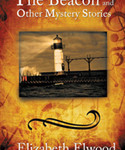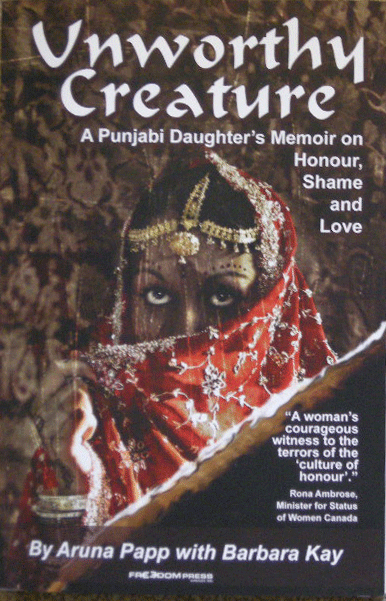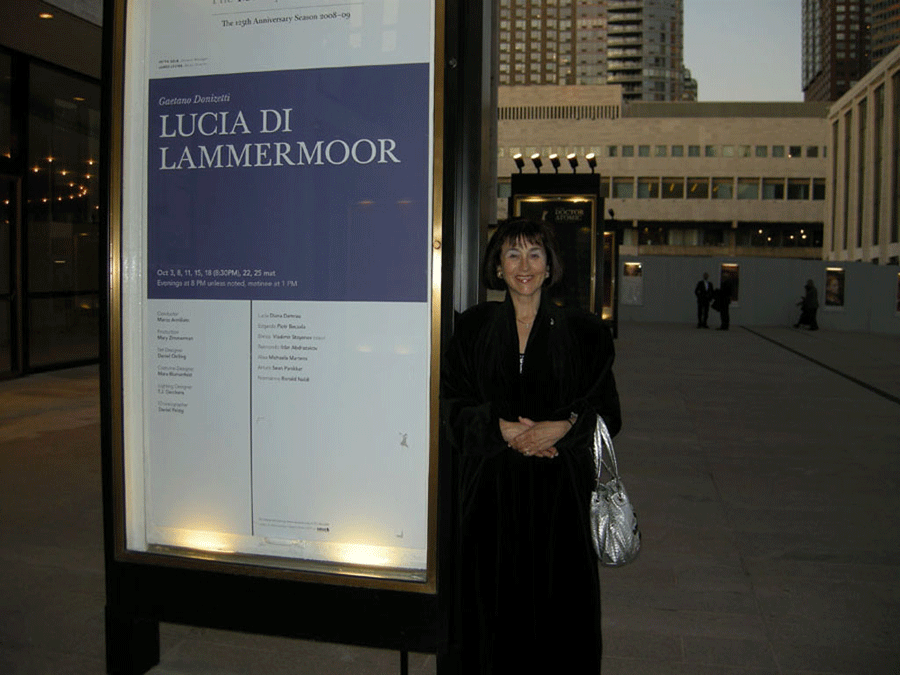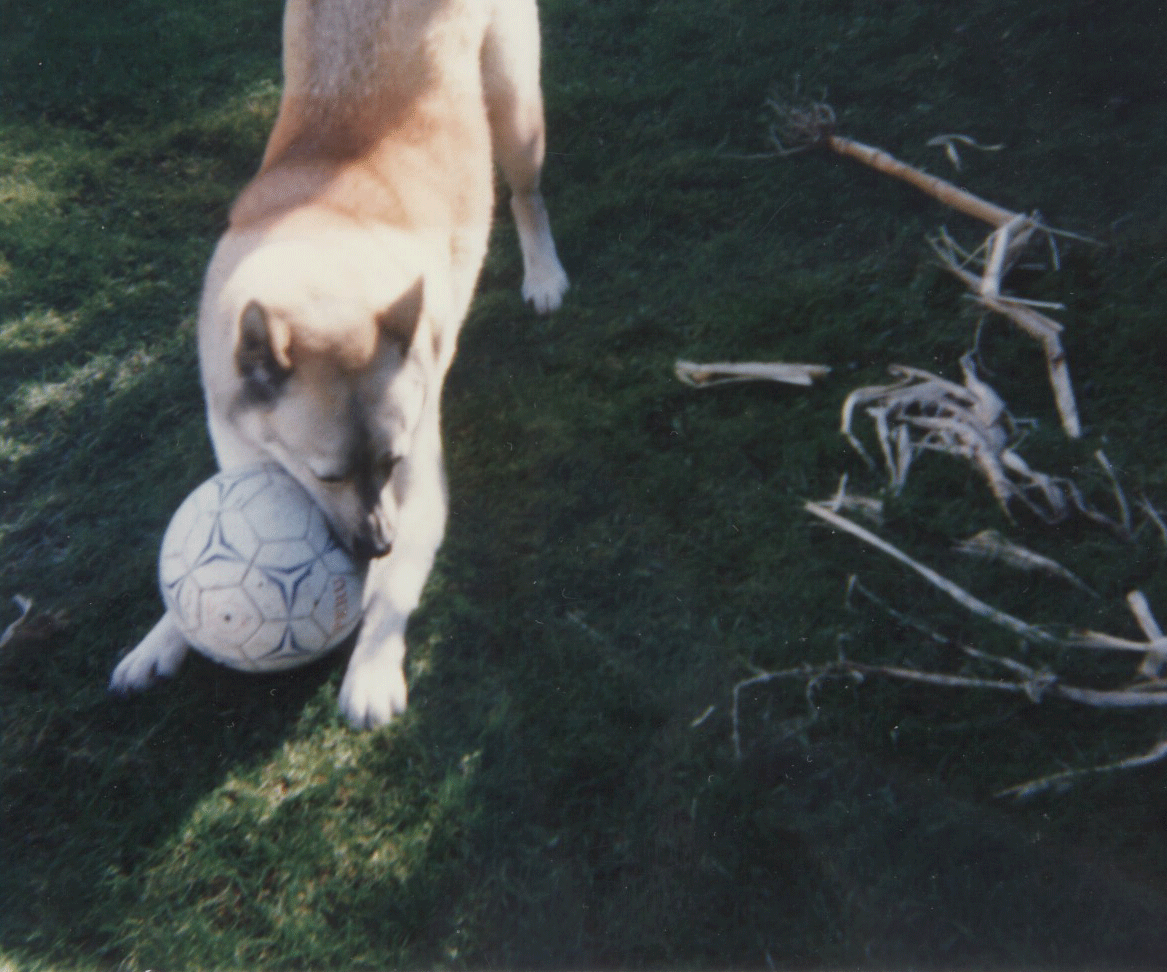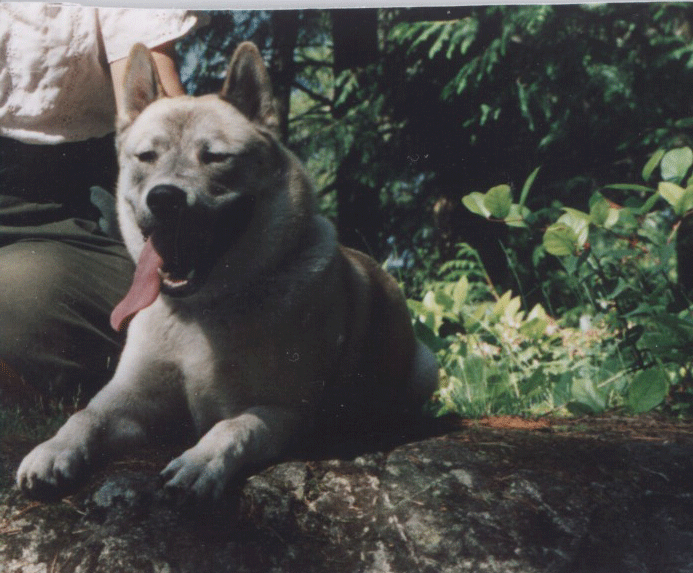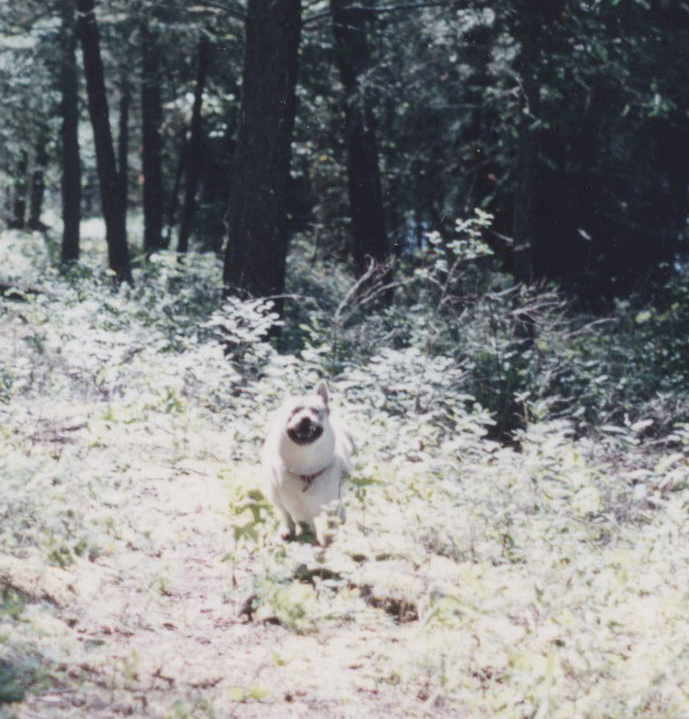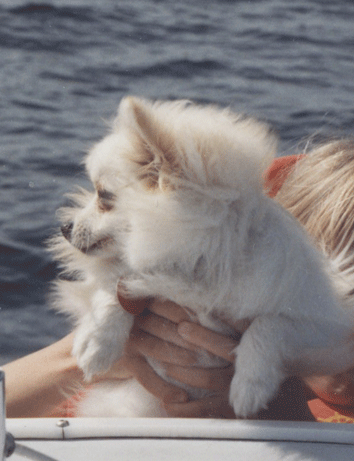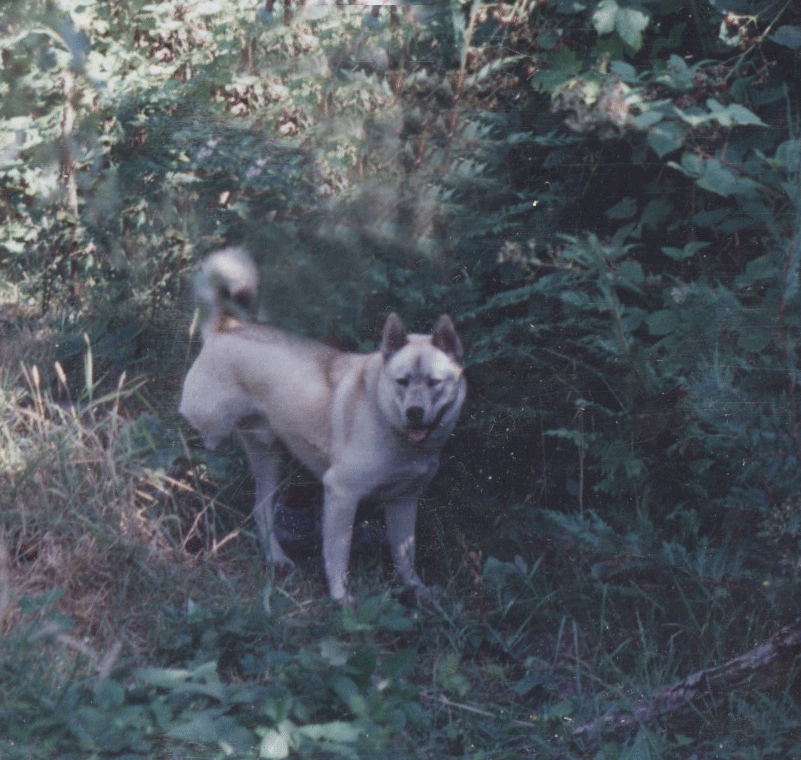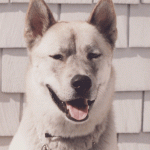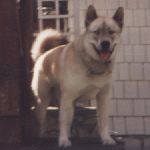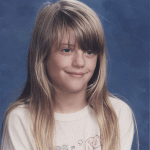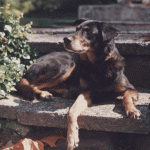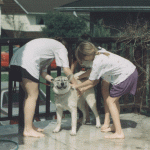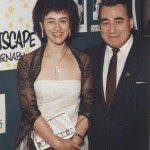Elizabeth Elwood's story "Number 10 Marlborough Place" won Best Short Story in the Crime Writers of Canada 2022 Awards of Excellence.
Episode Eleven: Dog Ahoy!
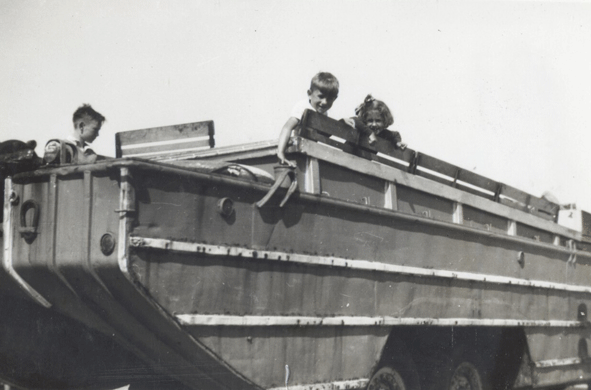
When we were young, my brother and I read Arthur Ransome’s Swallows and Amazons and yearned to be like the adventurous children in the novel. However, as Londoners, our boating excursions were restricted to whatever was available during our annual two-week holiday at the seaside. Our experience consisted of sedate trips on pedlos, an inept expedition on a kayak inspired by the movie, Cockleshell Heroes, and one memorable occasion when a WWII duck offered rides for trippers. It wasn’t until we came to Canada that we finally discovered the joy of sailing.
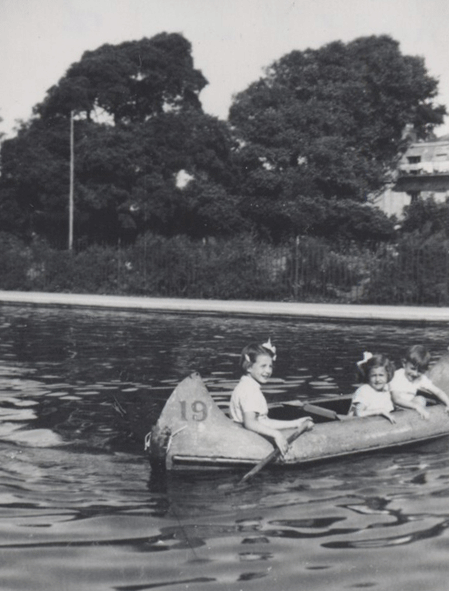
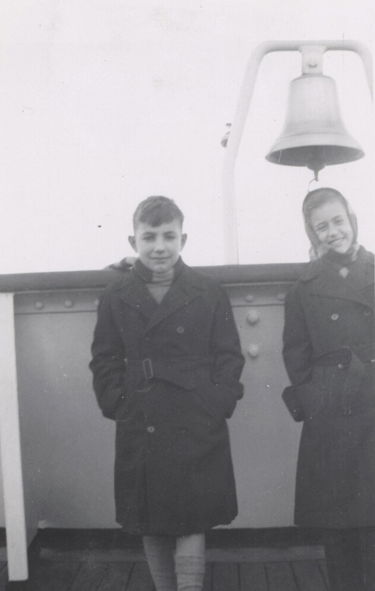
Nevertheless, our voyage to Canada on the Empress of Britain provided us with a demonstration of the power of the sea, for we crossed the Atlantic in one-point-less-than-hurricane-force winds. I was violently seasick most of the time, and it was little comfort to be told that even the most seasoned members of the crew were ill on the crossing. For two days, we were instructed to stay below, and when finally allowed up top, we found a network of ropes to hold onto as we navigated the decks. The waves loomed over us like mountains. One minute, we would be struggling up a steep slope, and the next, we’d be skidding downhill, with all the deck chairs bouncing and sliding beside us. Some unwise programmer chose The Admirable Crichton for the afternoon movie, and as the shipwreck played out on screen, the curtains swayed back and forth like pendulums. Every few minutes, another viewer would lurch out of a seat and stumble from the theatre. When we finally arrived at Montreal three days late, everyone agreed that it was an adventure to remember. However, in spite of the fact that we’d experienced an Atlantic storm, we were still novices when it came to water travel.
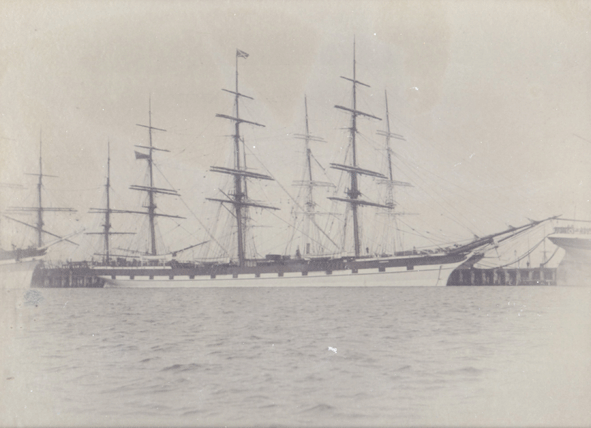
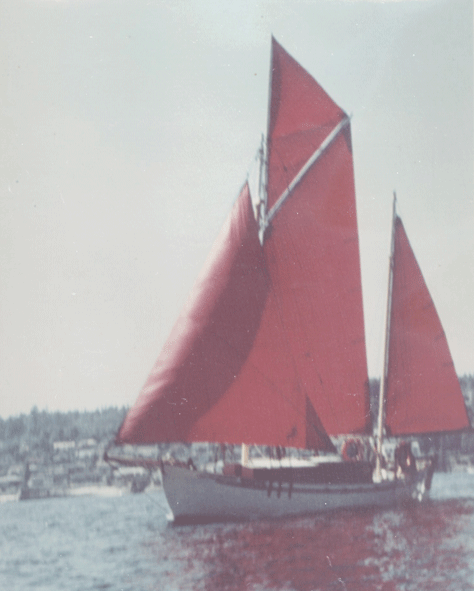
My husband’s youth was much more exciting. Boats are part of Hugh’s family tradition, and he can trace his family tree all the way back to Admiral Hood. Hugh’s grandfather was part-owner of the Harbinger, a clipper ship that sailed between England and Australia in the late 1800s. Hugh’s father joined the British-India Steam Navigation Company as an officer-cadet at the age of sixteen. Later, Hugh Senior built two sailboats, the Lucky Chance and the Adamastor, the latter of which undertook one voyage that is a story in itself. In retirement, Hugh Senior preferred fishing to sailing, and traded the Adamastor in for the Optimist, a twenty-foot fiberglass clinker runabout that was perfect for setting his prawn traps around Pender Harbour.
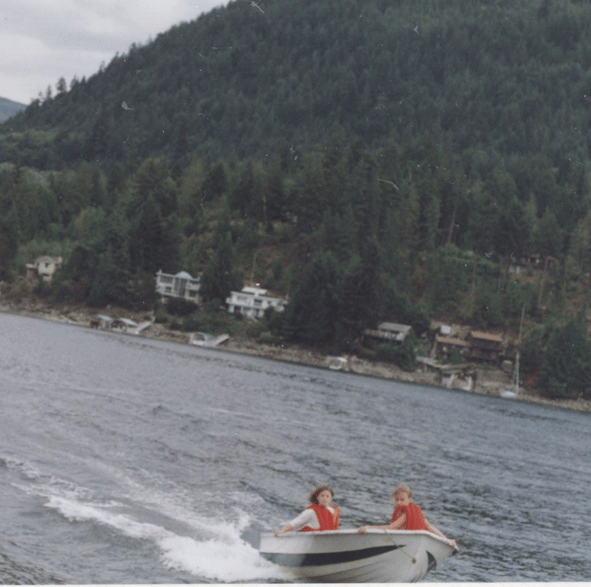
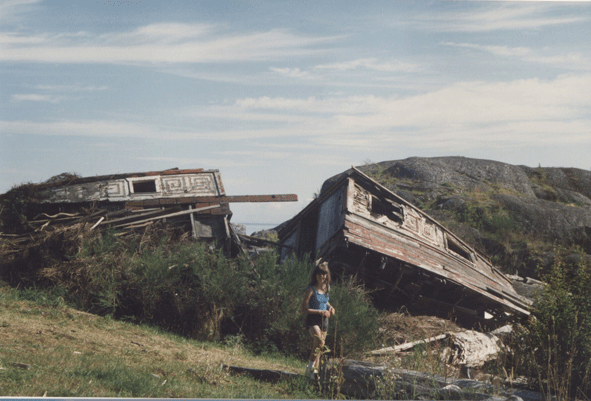
Our daughters had the Swallows and Amazons childhood that my brother and I had longed for, for they grew up with boats. Not only did they take trips on ‘Grandpa’s boat’, but they also enjoyed rides on the outboard Hugh used for lake fishing. There were many excursions to Nelson Island for picnics, where the girls had to swim ashore as the dinghy was too small to hold more than two people. Caroline and Katie also loved the smaller islands where they found shipwrecks and derelict cottages to explore.
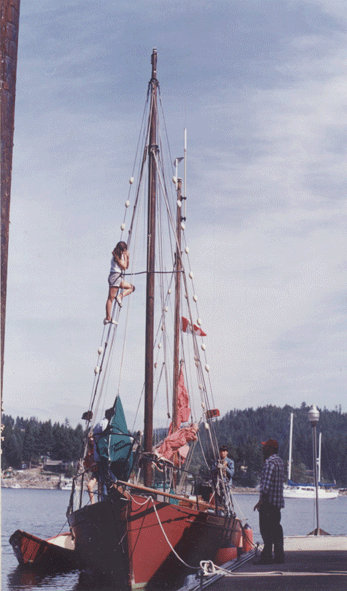
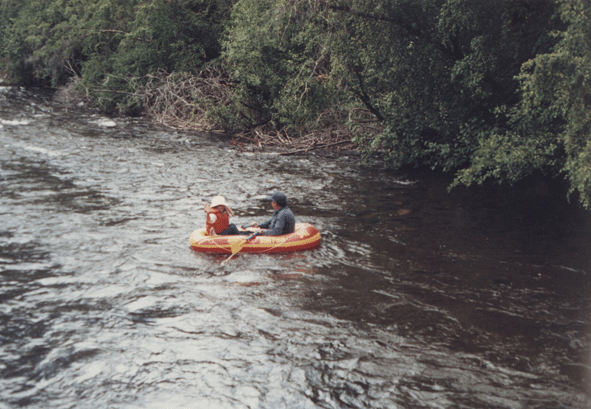
The girls enjoyed clambering over the Adamastor when its new owner sailed it into Pender Harbour. They also had lots of fun on the inflatable dinghy, Sunfish II, although there was one never-to-be-forgotten occasion when Hugh convinced me that I could manage river rafting on the Bonaparte River. I tried taking Caroline for a ride down the rapids, lost control, and dumped us both in the shallow, churning water. Not an experience I remember fondly. My girls were much better sailors than I was. I was definitely more suited to being a passenger on the slow, but steady Optimist.
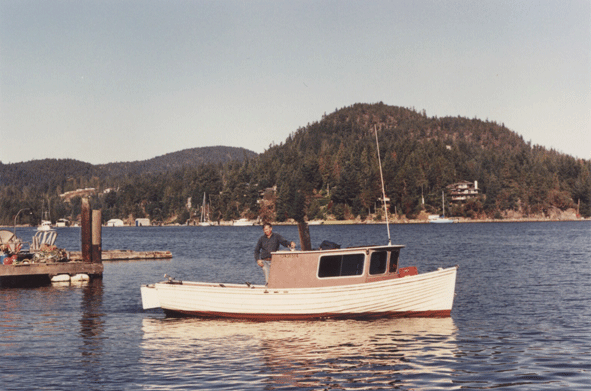
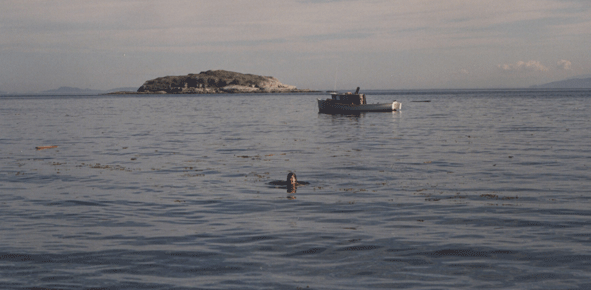
By the time Max came to live with us, Hugh’s parents had passed on and ‘Grandpa’s Boat’ had become our boat. Max first laid eyes (if not paws) on the Optimist at Caulfield Cove. The boat had been moored on the Sunshine Coast, but Hugh decided to bring it down to Ioco. He bussed up to Pender Harbour, spent the night there, and set off on the Optimist early the next morning. This was the pre-cellphone era, so when I finally heard from him, he was calling on his single side-band ship-to-shore radio via Nanaimo and the sound was ghastly. However, I received the key information that the weather was OK and that I should bring the girls to Caulfield Cove by noon. The girls were excited, because the plan was for them to travel back with Hugh on the boat. We set off for West Vancouver, where we picked up my father, then drove to Caulfield to watch for the Optimist. Hugh, magnificently punctual, pulled into the dock on the dot of twelve. Max was most perplexed to see his daddy arriving via the ocean and he was highly suspicious of the floating object that had brought him there. All attempts to get Max to board were met with resistance. Finally, we gave up and Hugh came ashore for a picnic lunch. Max was much happier once his people were on shore and the food had appeared. He was even happier when some more dogs appeared on the dock, although he retreated to sulk when one of them bit him on the nose.
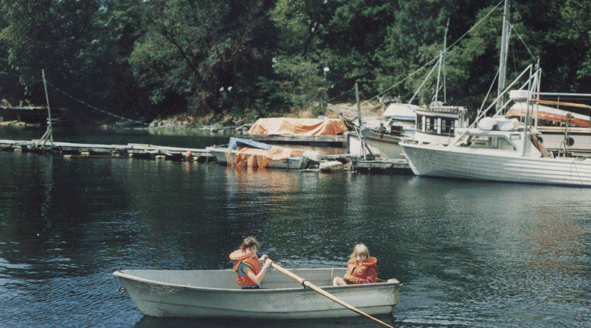
Once it was time for the sailors to set off, Max became anxious again. Seeing the girls follow Hugh onto the boat elicited whining and whimpers. When the boat set out to sea, Max became even more agitated. Dad and I took him into Lighthouse Park and ran him around the ten-minute trail, but he still kept looking back, his wolf mask set in a worried frown. His restless mood continued throughout the afternoon. I took Dad home, stayed for coffee, gave Max another walk, and drove home to await a call from the sailors. Max watched me guardedly the whole time. When it was time to drive out to Ioco, he was so tired that I had to coax him out the door. All that fretting had worn him out. When we reached the boat club, Hugh and the girls had already arrived and the Optimist looked cute tucked up in its new berth. Max was thrilled to see his people again, though he still regarded the boat with a wary eye. However, once we were all in the car and heading home, I noticed that he flopped down and slept peacefully. He could finally relax. His pack was all together again.
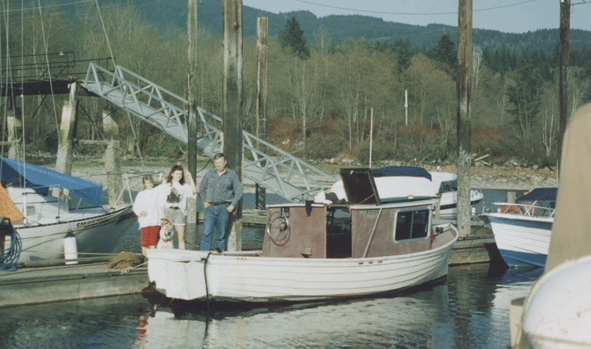
It wasn’t until June that Max had his first boat ride. He was quite happy on the drive to Ioco. He’d had his morning walk, and was content to go for a car ride with the family. However, once we reached Ioco and went down to the docks, the panicked expression reappeared. Horrors! There was the contraption that had kidnapped his people. Poor Max was scared. He cowered on the dock and flatly refused to go on board. Commands were futile. Tugging on his leash failed to move him. Finally, Hugh simply picked him up and dumped him on board. Then I held on to him so he couldn’t escape while we got underway.
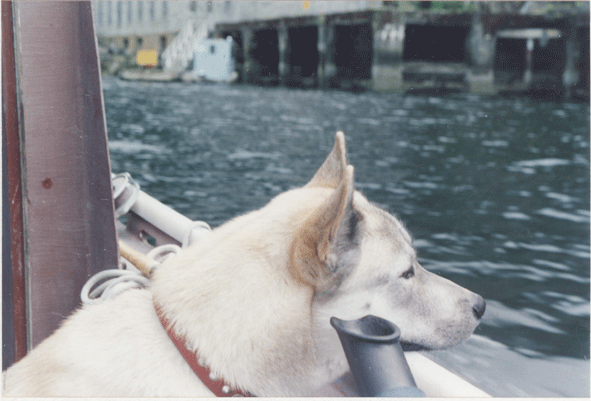
By this time, I anticipated the trip becoming a nightmare, but it took all of five minutes before Landlubber Dog turned into Dog Ahoy. He settled in the stern well with his nose to the wind. He grew very excited every time a seabird skimmed past. He became outright jubilant when we went up Indian Arm and docked at Twin Islands. What a bonus! His new mode of transportation had brought him new trails to be explored. However, his sense of whoopee did not last long. There were several other dogs on the island, and Max, feeling like a hotshot because he’d mastered a new experience, was thoroughly misbehaved. He ended up leashed, and was forced to sit beside me on the rock while the girls swam and played. As usual, he perked up when the picnic appeared, and when it was time to leave, he hopped back onto the Optimist, took his place in the stern well, and puffed happily all the way home.
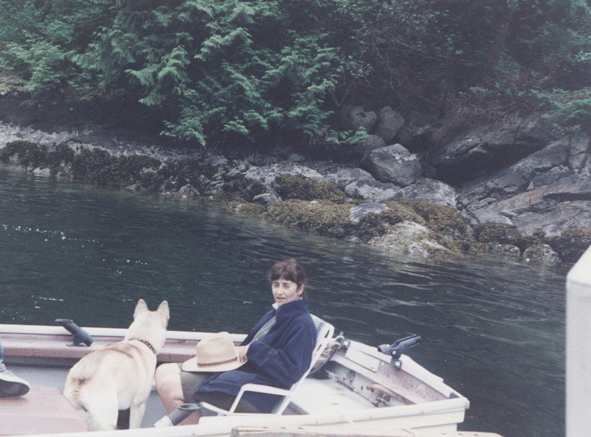
From that point on, Max became a seasoned sailor. He watched the Optimist come out of the water for its annual barnacle removal; guardedly surveyed the winch that lowered it back when the hull was clean; then, once the boat was back in the water, roared down the slope and jumped on board. He was determined to have his ride, even though it was only from the marine ways to the dock. We soon discovered, though, that Max only liked the boat if it was in motion. He wasn’t very happy when Hugh stopped to fish by the old power station. Max had inherited my queasy stomach, and he had to try really hard not to get seasick when the boat was bobbing up and down in one spot. But as long as the Optimist was taking him from A to B, he adored being a boat dog.
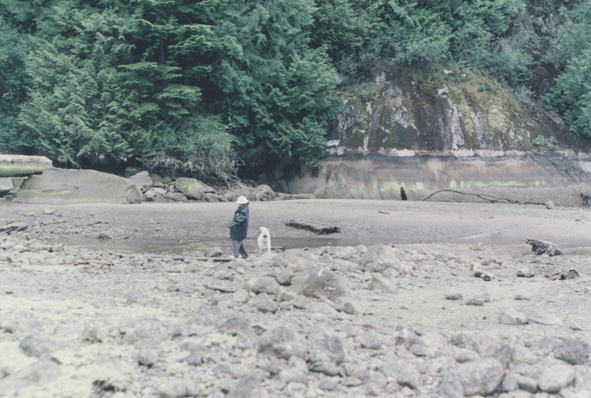
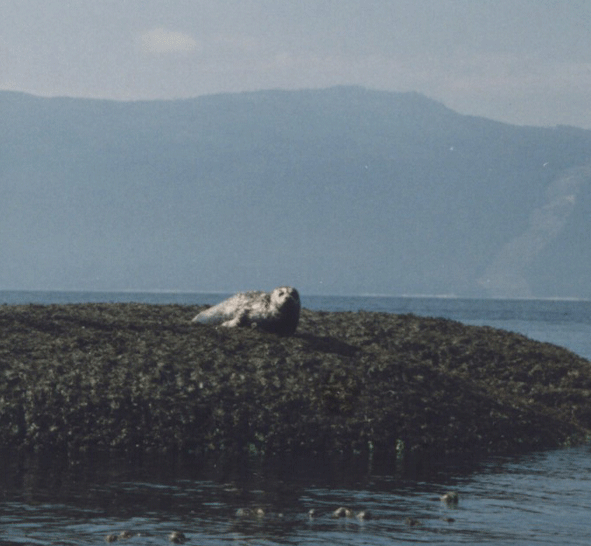
That summer, Max had a wonderful time. Trips up Indian Arm and picnics on Twin Islands were favourite adventures. He splashed at the water’s edge while we swam. He made friends with the RCMP officers who patrolled the area. He saw seals on the floats by Wigwam Inn, which perplexed him at first, but seemed to delight him when he realized that they could bark like dogs. During the week, the islands were deserted, so he had the freedom to run and romp to his heart’s content. However, when we went ashore at the top of the Arm, we had to leash him as we were afraid we’d lose him up the mountain. Max’s wolf genes kicked in whenever he was surrounded by wilderness. He was a dog that strongly felt the call of the wild, even though he did not have the ability to survive on his own. Those voyages on the Optimist provided a lot of excitement for a young dog. One of my diary entries from a day on the boat reads, “Home by five. Little Max wiped out.”
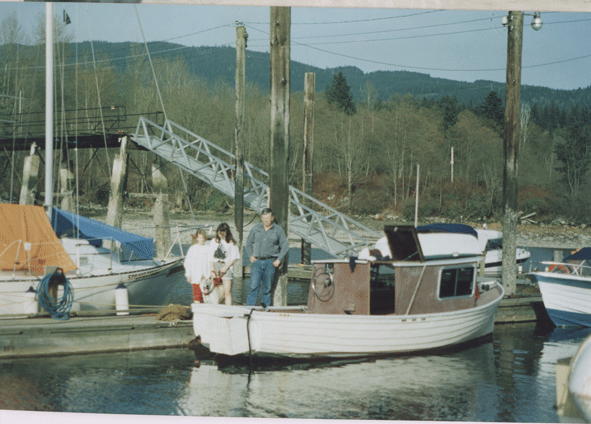
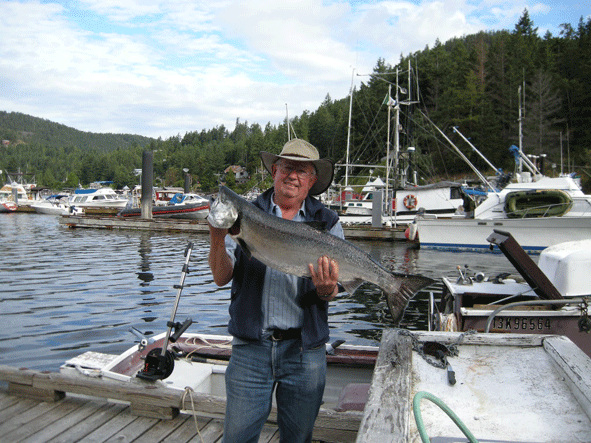
Yes, Max loved the Optimist. I loved it too, and have many happy memories of the dear old tub. It looked like a child’s bathtub toy. It didn’t go more than seven knots, which made for a serene ride, and it proved to be what Hugh called a ‘fishy’ boat. I was very sad when Hugh sold it in order to buy a faster boat that he could use for salmon fishing. However, the Optimist continues to feature in my Beary books, and Bertram Beary will never be allowed to sell it. The Optimist is now berthed on Nelson Island, and we wave to it whenever we go by in the new boat. Every time I see it, I imagine two pointed ears sticking up out of the stern well. Dear old Max. Dog Ahoy!
Next: My Family and Other Animals

